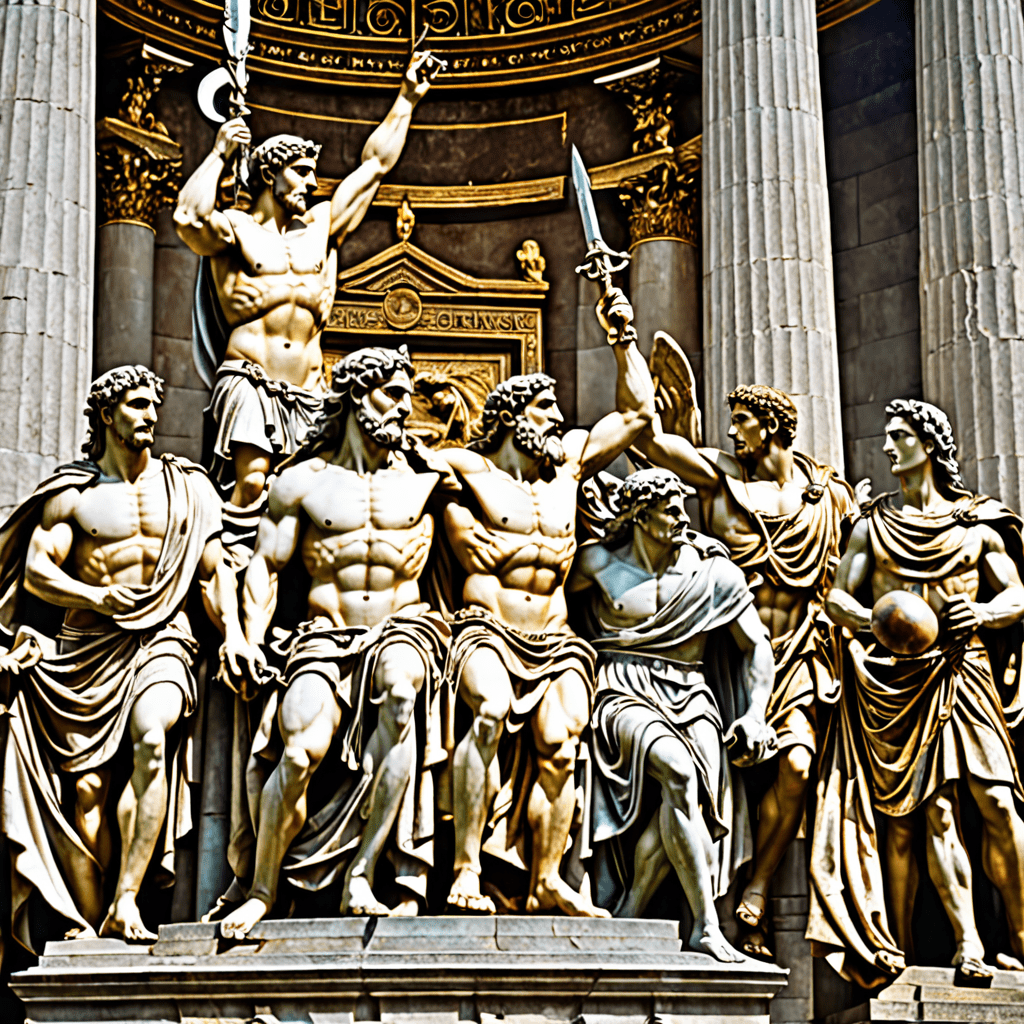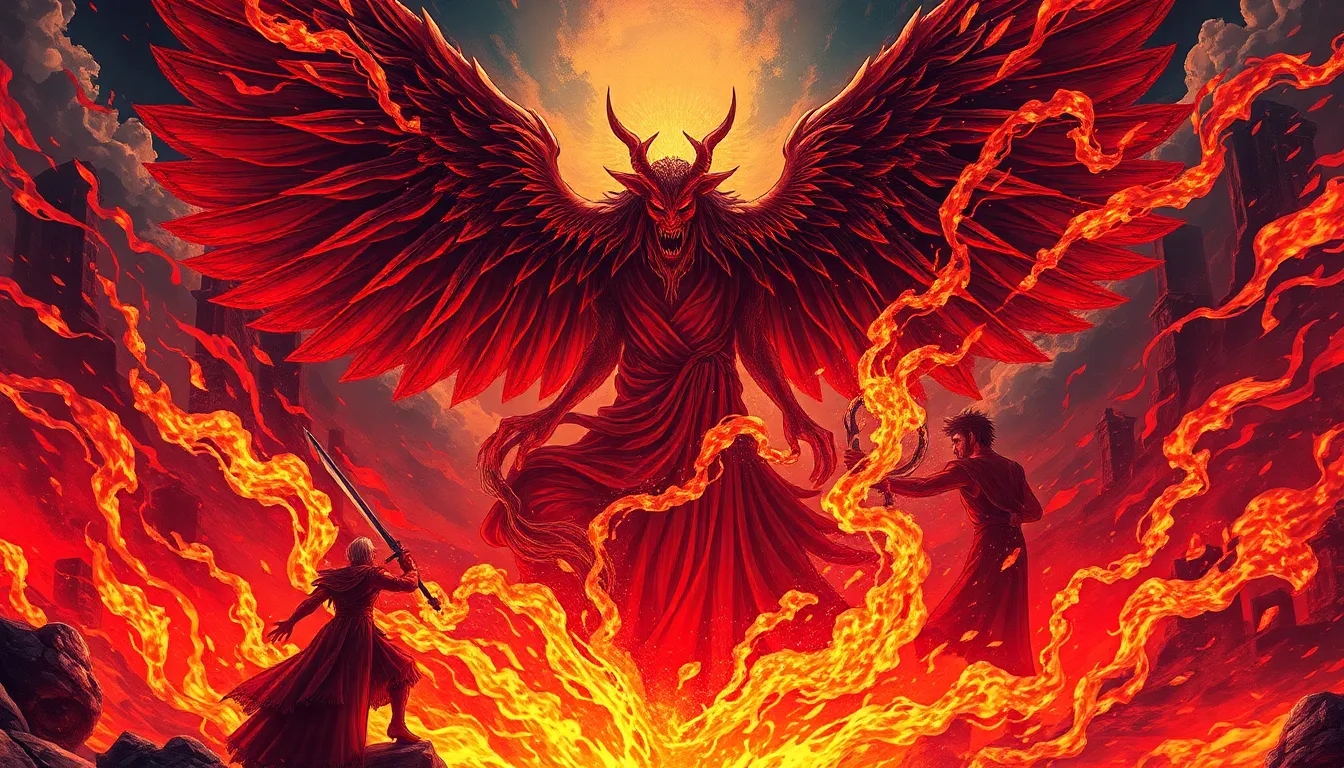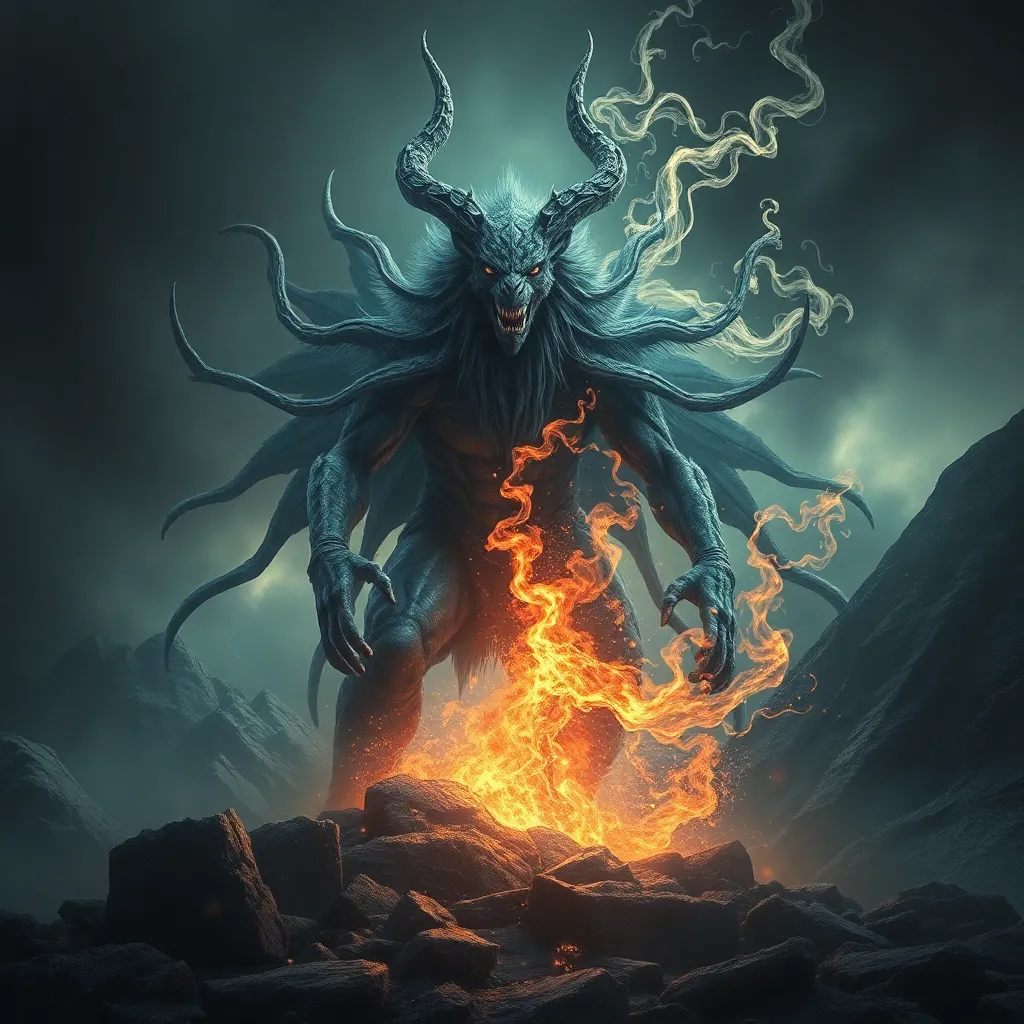The Role of Ancestors in Australian Aboriginal Mythology
1. Introduction
Australian Aboriginal mythology, with its rich tapestry of beliefs and stories, holds ancestors in the highest regard. Ancestors, both human and non-human, are considered the creators and guardians of the land, its people, and their culture. Their presence permeates every aspect of Aboriginal life, shaping traditions, ceremonies, and the very fabric of society. The role of ancestors in Australian Aboriginal mythology is profound and multifaceted, forming the bedrock upon which this ancient culture stands.
2. Creation Stories: The Importance of Ancestors
The Dreamtime, a central concept in Aboriginal mythology, is the time of creation, when ancestral beings brought forth the world and its inhabitants. These ancestral beings, often depicted as totemic animals or human-like figures, are believed to have created the landforms, rivers, plants, and animals that make up the physical world. Their actions and interactions during this time shaped the landscape and established the laws and customs that govern human behavior.
3. Ancestor Spirits and their Influence
Aboriginal people believe that the spirits of their ancestors continue to exist after death, watching over their descendants and guiding their actions. These ancestor spirits are considered powerful and wise, possessing knowledge and skills that can help the living. They are often called upon in times of need, such as during hunting, healing, or decision-making. Ancestors can also influence the lives of their descendants through dreams and visions, providing guidance and protection.
4. Tjukurrpa: The Sacred Law and Ancestral Beings
Tjukurrpa, the sacred law that governs Aboriginal life, is inextricably linked to the ancestors. It is believed that the ancestors established Tjukurrpa during the Dreamtime, and that it contains all the knowledge and wisdom necessary for living a good and harmonious life. Tjukurrpa guides everything from daily activities to major ceremonies, ensuring that the traditions and customs of the ancestors are preserved.
5. Dreamtime and the Ancestral Spirit World
The Dreamtime is not just a time that happened in the past; it is an ongoing reality that exists alongside the present. Aboriginal people believe that the ancestral spirit world and the physical world are connected, and that communication and interaction between the two is possible. Through ceremonies, rituals, and dreams, Aboriginal people can access the ancestral spirit world and seek the guidance and wisdom of their ancestors.
6. Ancestral Beings and Cultural Identity:
Ancestors play a vital role in shaping Aboriginal cultural identity. They are seen as the embodiment of the group's history, heritage, and values. The stories, songs, and artworks that depict ancestral beings serve as a collective memory, connecting generations past, present, and future. Through these cultural expressions, Aboriginal people maintain a strong sense of belonging and continuity with their ancestors.
7. The Role of Ancestors in Ritual and Ceremonies:
Rituals and ceremonies are integral to Aboriginal culture and provide a means of honoring and connecting with ancestors. During these events, ancestral spirits are invoked, and their presence is believed to guide and protect participants. Traditional dances, songs, and art forms serve as mediums for communicating with ancestors and seeking their guidance. By participating in these rituals, Aboriginal people renew their connection to their cultural heritage and strengthen their bonds with the ancestral world.
8. Ancestral Totemism: Kinship and Ancestral Connections
Totemism is a fundamental aspect of Aboriginal society, where individuals or groups are linked to specific animals, plants, or natural phenomena known as totems. These totems represent the ancestral beings who created and protect the land and its people. Totemic connections establish kinship relationships, regulate social interactions, and govern access to resources. Through totemism, Aboriginal people forge a deep connection with their ancestors and the natural world, recognizing their interconnectedness and interdependence.
9. The Legacy of Ancestors in Modern Aboriginal Society:
The legacy of ancestors continues to shape contemporary Aboriginal society. The stories, beliefs, and traditions passed down through generations serve as a source of inspiration and resilience for Aboriginal people today. They strive to honor their ancestors by preserving their cultural practices and languages and advocating for their rights. The recognition of ancestral rights and the incorporation of Indigenous knowledge into education, healthcare, and other areas are ongoing efforts that demonstrate the profound influence of ancestors on modern Aboriginal society.
10. Conclusion: Ancestors as a Cornerstone of Aboriginal Culture
In conclusion, the role of ancestors in Australian Aboriginal mythology extends far beyond the creation stories; they are the cornerstone of the culture. Ancestors are revered as creators, guardians, and guides who continue to influence every aspect of Aboriginal life. Through rituals, ceremonies, and cultural traditions, Aboriginal people maintain a deep connection with their ancestors, honoring their legacy and seeking their wisdom. The ongoing reverence for ancestors ensures that their presence and influence will continue to shape the culture for generations to come.
Frequently Asked Questions:
1. How do Aboriginal people communicate with their ancestors?
Ancestors are believed to communicate through dreams, visions, and other spiritual experiences. Traditional ceremonies and rituals provide mediums for connecting with and invoking the spirits of ancestors.
2. Why are ancestors so important in Aboriginal culture?
Ancestors embody the group's history, heritage, and values. They are seen as creators, protectors, and guides, shaping cultural identity, kinship systems, and spiritual beliefs.
3. How does totemism connect Aboriginal people with their ancestors?
Totemic connections establish kinship relationships between individuals or groups and specific animals, plants, or natural phenomena. These totems represent ancestral beings, forging a deep spiritual and cultural bond between Aboriginal people and their ancestors.




